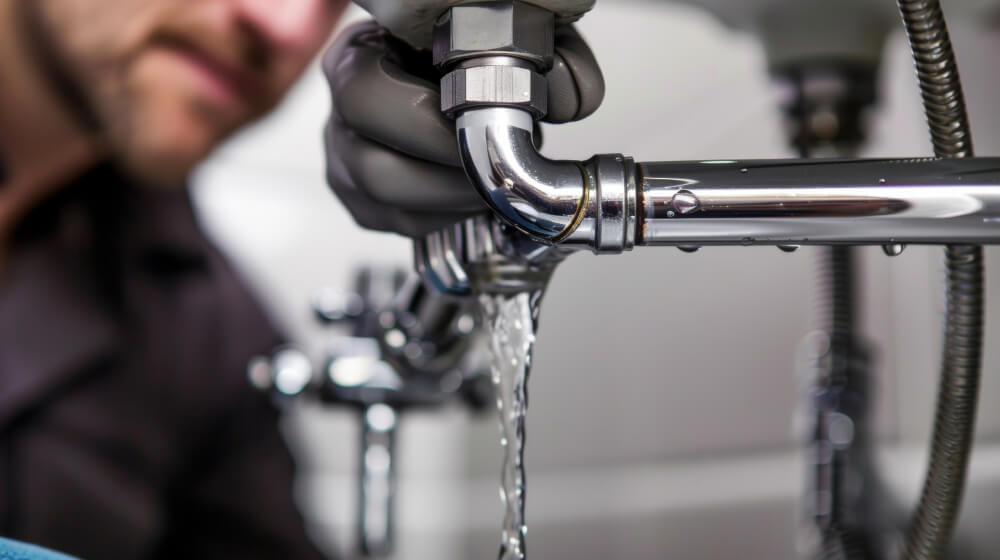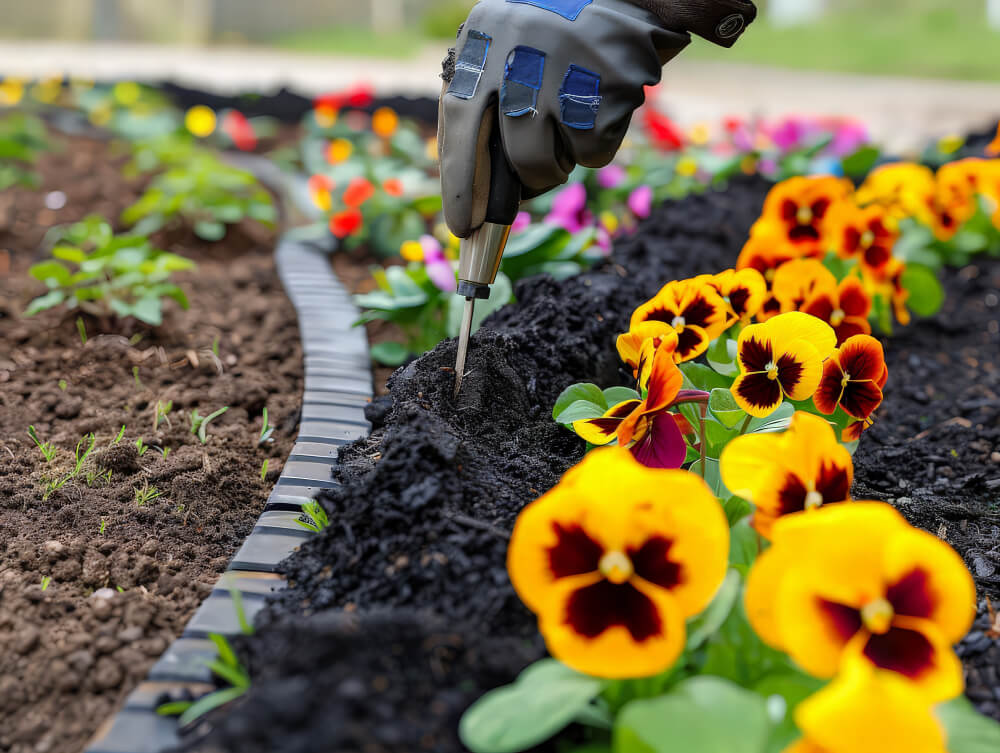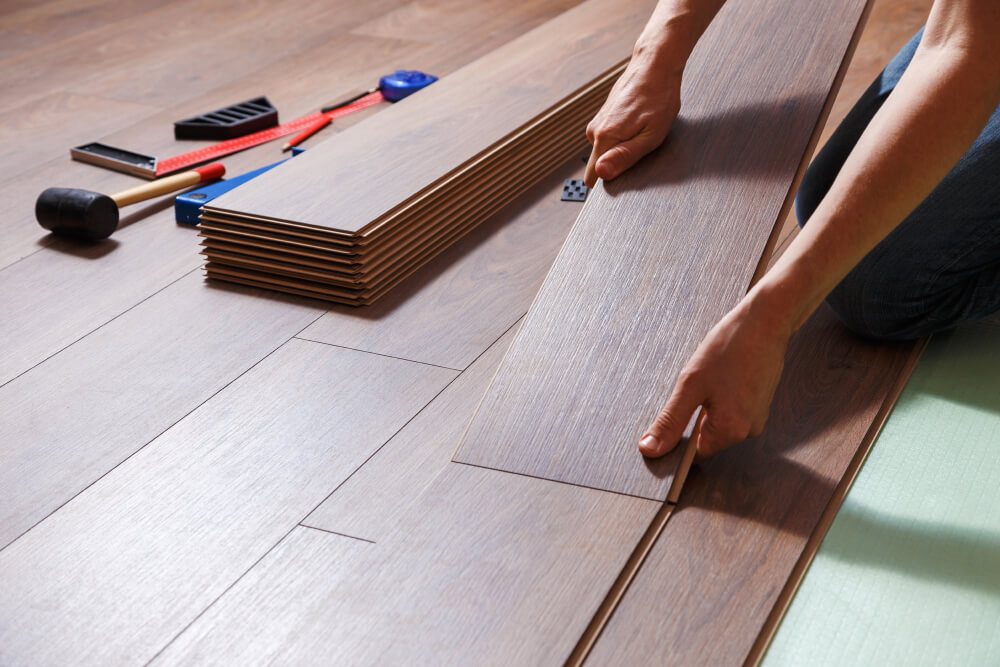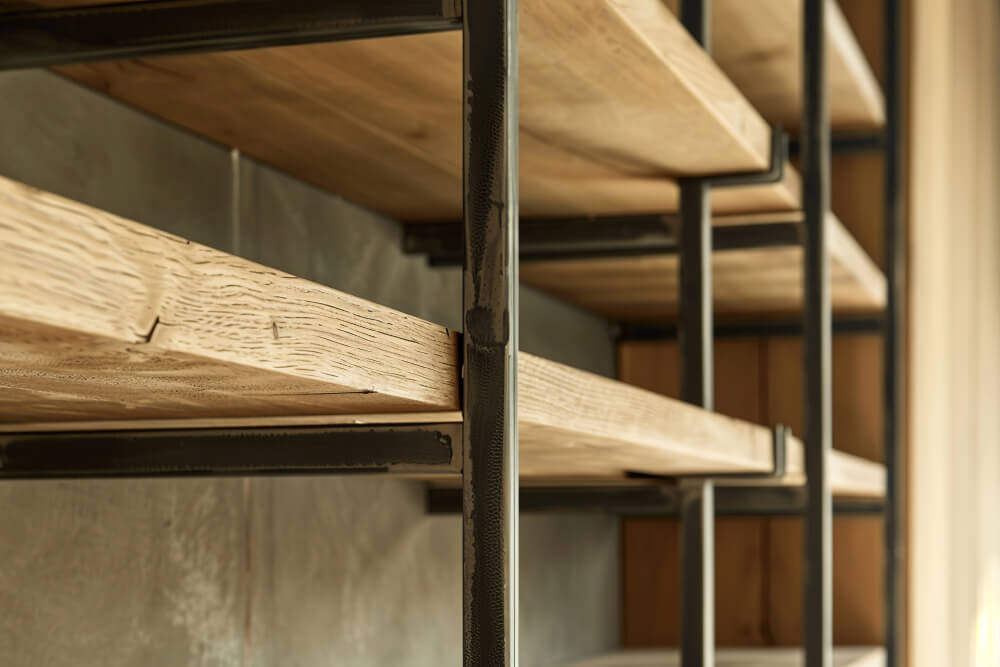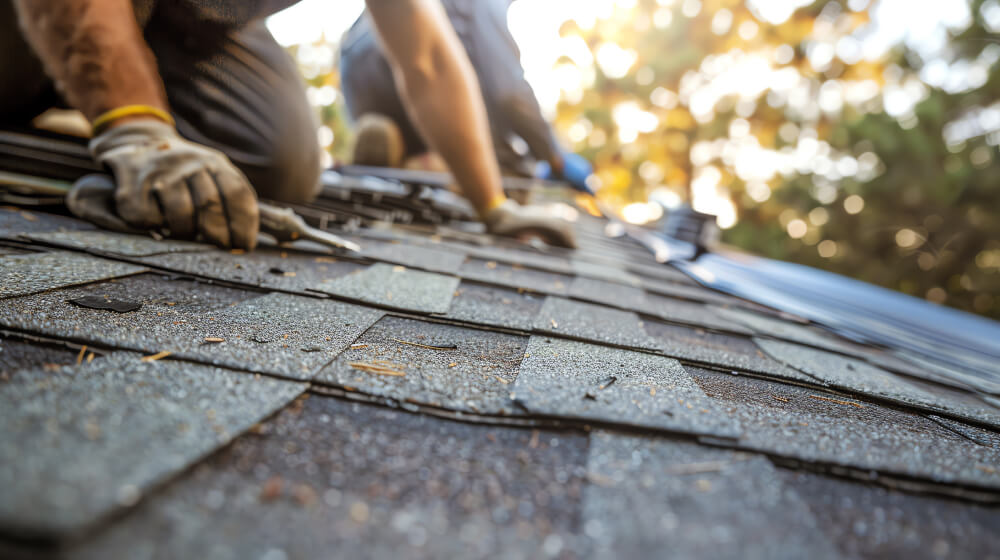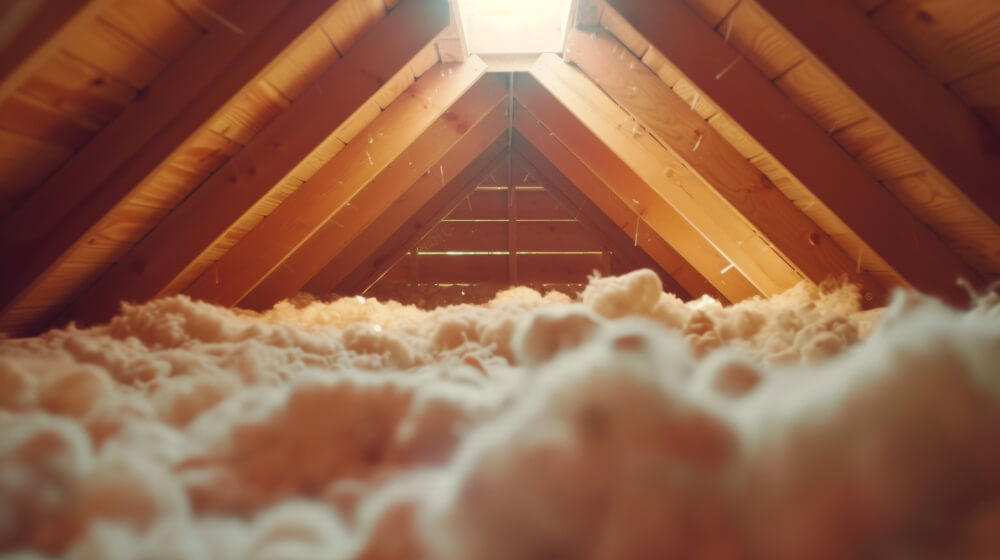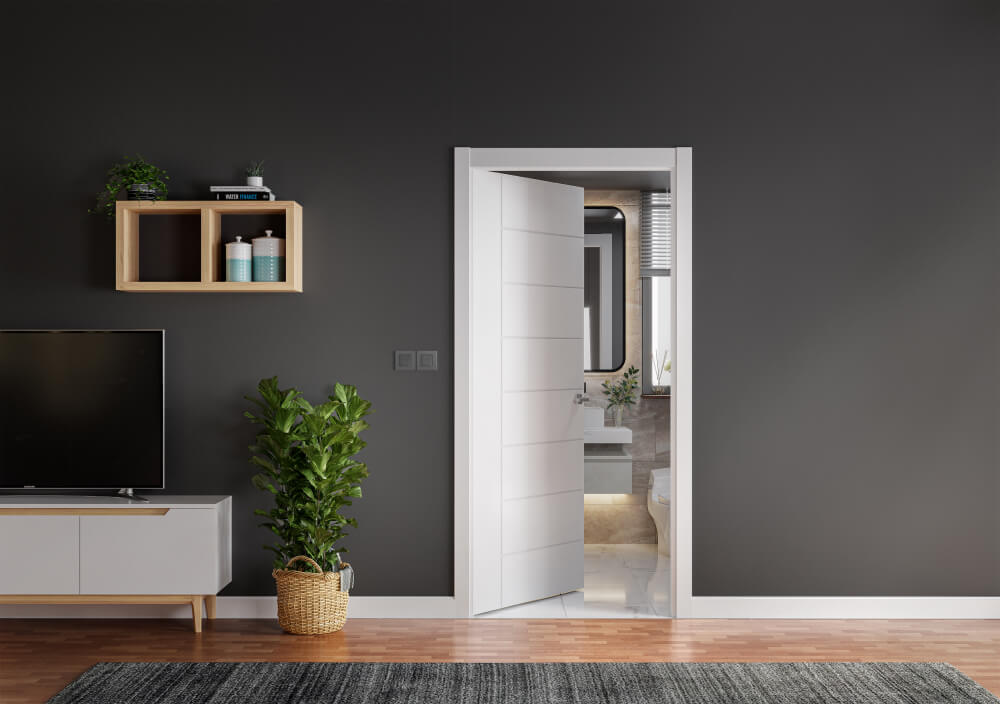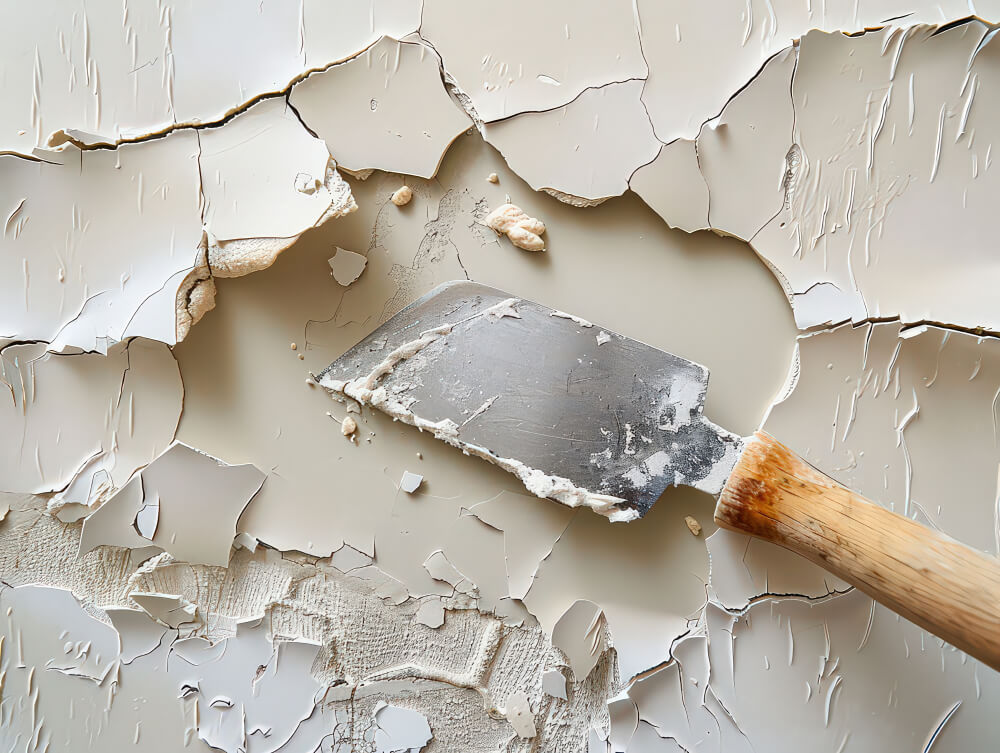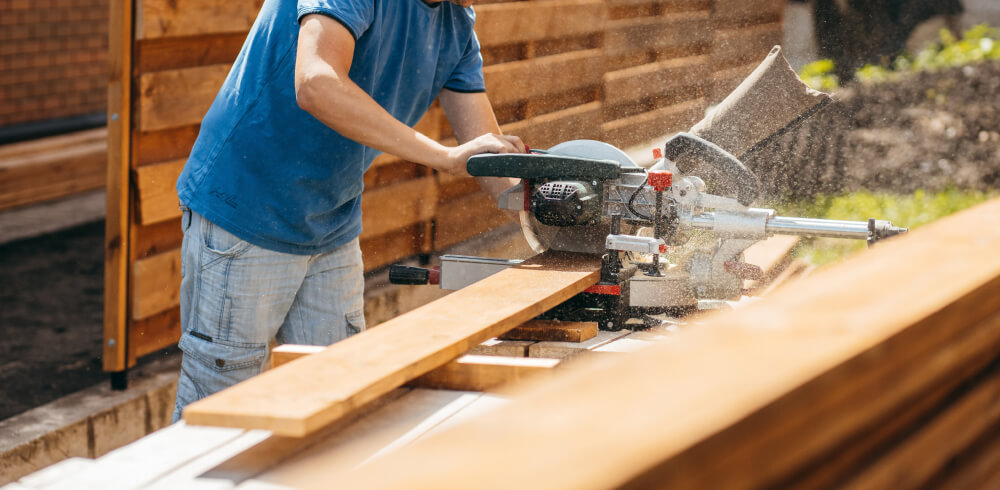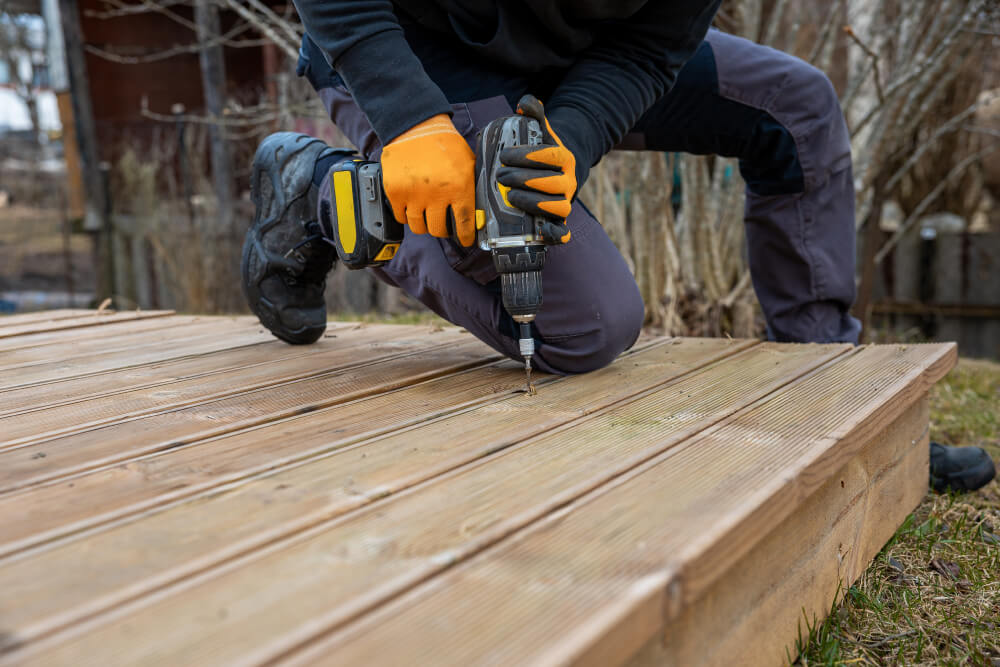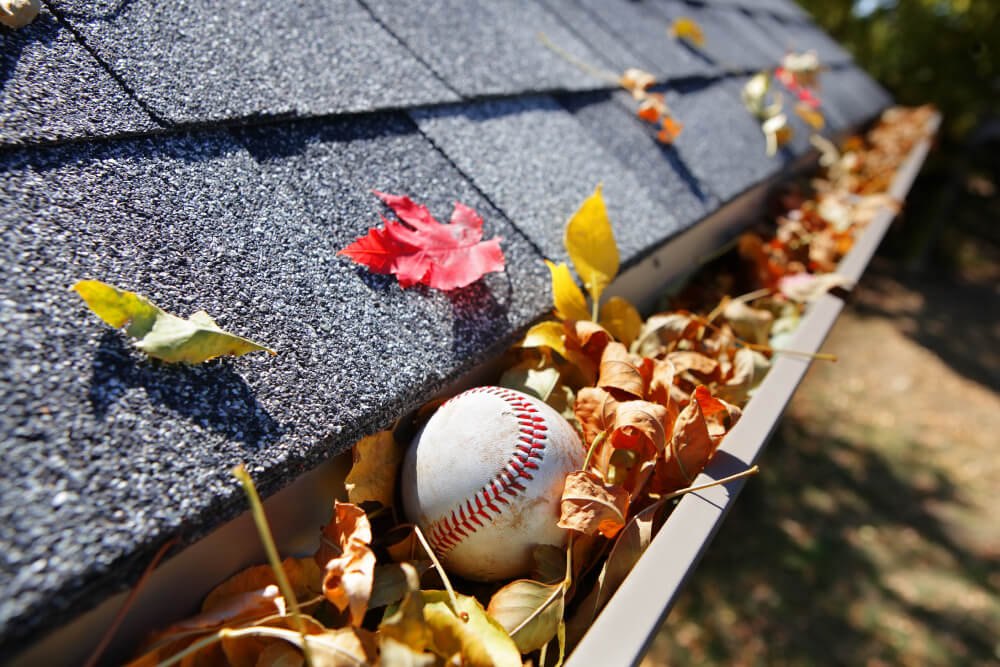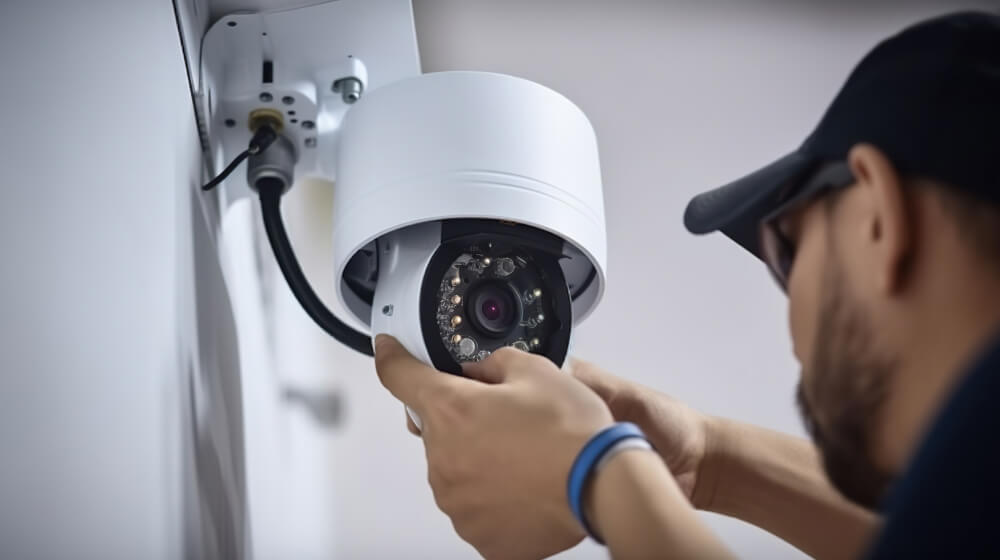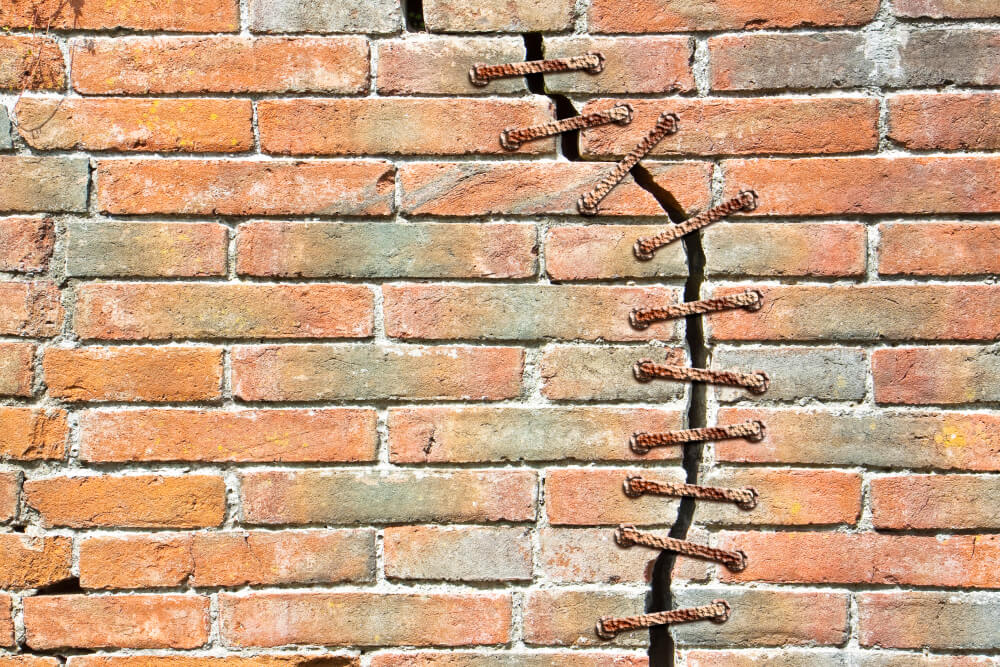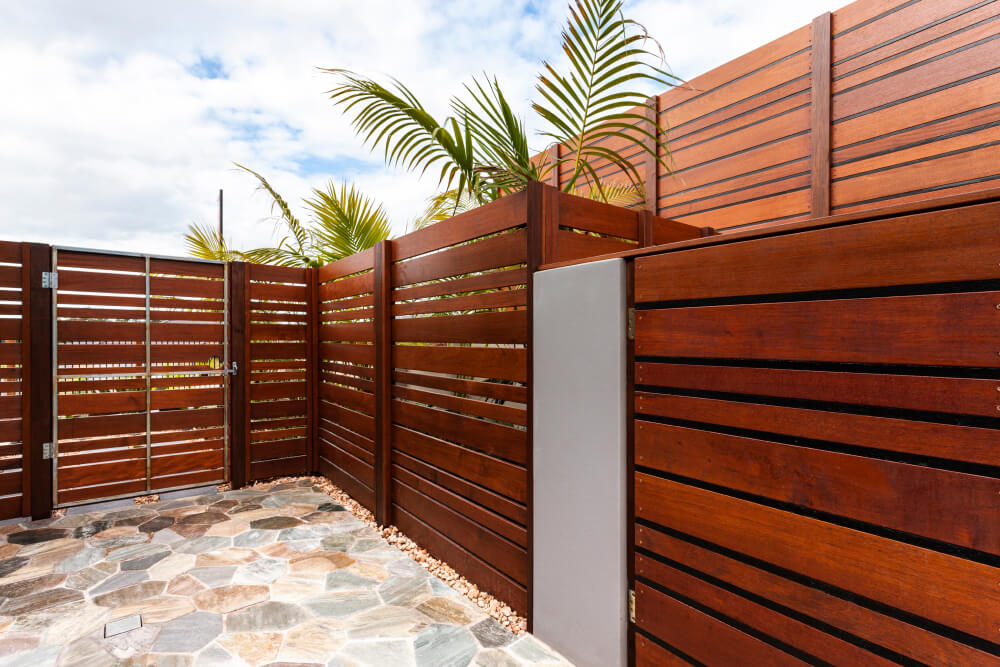Why HVAC Maintenance is Important
Before diving into the maintenance process, let’s discuss why maintaining your HVAC system is essential:
- Improved Efficiency: Regular maintenance helps your system run more efficiently, reducing energy consumption and lowering utility bills.
- Extended Lifespan: Proper care can extend the life of your HVAC system, delaying the need for expensive replacements.
- Better Air Quality: Cleaning the system removes dust, allergens, and pollutants, ensuring healthier indoor air.
- Preventive Care: Regular inspections and maintenance can identify and address minor issues before they become major problems.
Tools and Materials Needed
To clean and maintain your HVAC system, you’ll need the following tools and materials:
- Screwdriver
- Soft brush
- Vacuum cleaner with a hose attachment
- Fin comb (for straightening condenser coils)
- Coil cleaner
- Garden hose
- Replacement air filters
- Thermostat batteries (if applicable)
- Rags or microfiber cloths
- Mild detergent or specialized HVAC cleaning solution
- Flashlight
Step-by-Step Guide to Cleaning and Maintaining Your HVAC System
Step 1: Turn Off the PowerBefore starting any maintenance work, turn off the power to your HVAC system. Locate the service switch near the indoor unit (furnace or air handler) and the outdoor unit (condenser) and switch them off. For added safety, you can also turn off the circuit breaker that controls the HVAC system.
Step 2: Replace the Air Filters- Locate the Filters: Find the air filters in your HVAC system. They are typically located in the return air duct, the blower compartment, or in the furnace.
- Remove the Old Filters: Carefully slide out the old filters. Note the size and type for accurate replacement.
- Install New Filters: Insert new filters, ensuring they are oriented correctly (airflow direction is usually indicated on the filter). Regularly replacing air filters is crucial for maintaining good air quality and system efficiency. Check the filters every 1-3 months and replace them as needed.
Join HICP Homeowner’s Alliance
Connect with experts, get special discounts and enjoy member benefits
- Remove Debris: Use a soft brush or a vacuum cleaner with a hose attachment to remove dirt, leaves, and debris from the condenser coils on the outdoor unit.
- Clean the Coils: Apply a coil cleaner to the condenser coils according to the manufacturer’s instructions. Let it sit for the recommended time, then rinse it off with a garden hose. Avoid using a high-pressure nozzle, as it can damage the coils.
- Straighten Bent Fins: If you notice any bent fins on the coils, use a fin comb to straighten them gently. Proper airflow through the coils is essential for efficient operation.
- Access the Coils: Open the access panel on the indoor unit to expose the evaporator coils. You may need a screwdriver to remove the panel.
- Clean the Coils: Use a soft brush or a vacuum cleaner to remove dust and debris from the coils. For stubborn dirt, apply a coil cleaner and gently scrub with a brush. Wipe the coils with a damp cloth to remove any remaining residue.
- Check the Drain Pan: Inspect the drain pan beneath the evaporator coils for standing water or algae growth. Clean the pan with a mixture of mild detergent and water, and ensure the drain line is clear.
- Access the Blower: Locate the blower compartment in the indoor unit and remove the access panel.
- Clean the Blower: Use a vacuum cleaner and a soft brush to remove dust and debris from the blower blades, motor, and surrounding area. A clean blower ensures efficient airflow and reduces strain on the system.
- Inspect the Thermostat: Ensure your thermostat is functioning correctly. Check the settings and make sure it accurately controls the temperature.
- Replace Batteries: If your thermostat uses batteries, replace them at least once a year to prevent malfunctions.
- Check for Leaks: Inspect the visible ductwork for any signs of leaks, loose connections, or damage. Sealing leaks can improve system efficiency and indoor air quality.
- Clean Vents and Registers: Remove and clean the vent covers and registers with a vacuum cleaner and a damp cloth. Keeping these clean helps maintain good airflow and reduces dust buildup in your home.
- Lubricate the Motor: If your HVAC system has a motor that requires lubrication, apply a few drops of oil to the motor’s bearings according to the manufacturer’s instructions. This reduces friction and ensures smooth operation.
- Check Belts and Pulleys: Inspect the belts and pulleys for signs of wear and tear. Replace any worn or damaged components to prevent system failures.
Seasonal HVAC Maintenance Tips
To keep your HVAC system in top shape, follow these seasonal maintenance tips: Spring and Summer- Clean Around the Outdoor Unit: Clear away any debris, leaves, or plants that may obstruct airflow around the outdoor unit.
- Inspect Insulation: Check the insulation on refrigerant lines and replace any damaged or missing insulation.
- Test the Air Conditioner: Before the cooling season begins, run your air conditioner to ensure it’s working correctly. Schedule a professional tune-up if needed.
- Clean the Furnace: Before using your furnace, clean the burners and inspect the heat exchanger for cracks or damage.
- Check the Pilot Light: Ensure the pilot light or electronic ignition is functioning correctly.
- Test the Heating System: Run your heating system to check for proper operation and schedule a professional inspection if necessary.
When to Call a Professional
While regular maintenance can prevent many issues, there are times when you should call a professional HVAC technician:- Unusual Noises: If you hear strange noises coming from your HVAC system, it could indicate a mechanical problem that requires professional attention.
- Frequent Cycling: If your system frequently turns on and off, it may be a sign of an underlying issue that needs to be addressed.
- Poor Performance: If your HVAC system isn’t heating or cooling your home effectively, a professional can diagnose and fix the problem.
- Annual Inspections: Schedule an annual inspection and tune-up with a professional technician to ensure your system is operating at peak efficiency.
Regular cleaning and maintenance of your HVAC system are essential for ensuring its efficiency, longevity, and the quality of air in your home. By following this comprehensive guide, you can perform many maintenance tasks yourself and know when to call a professional for help. Keeping your HVAC system in top condition not only saves you money on energy bills and repairs but also provides a comfortable and healthy living environment. Happy maintaining!


